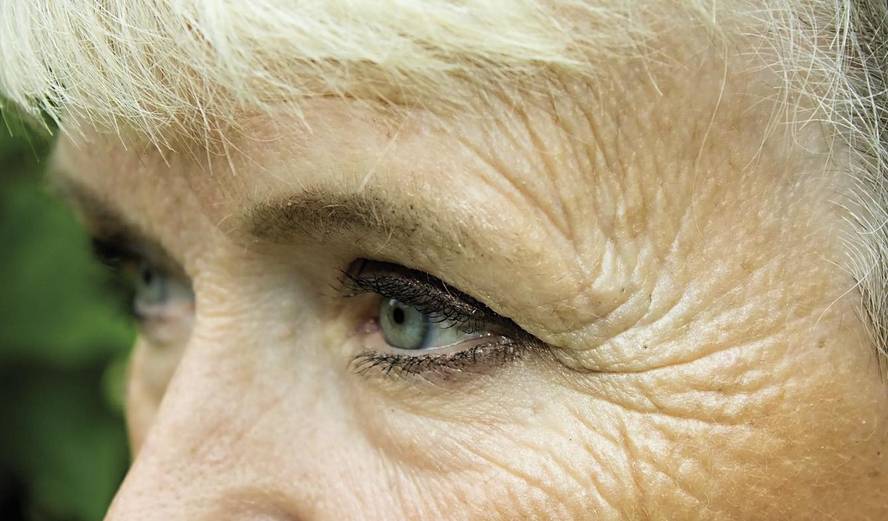For aging without hangover
According to demographic projections, by 2020 one in five Europeans will be over 65 years old. We are getting older, but the quality of life in old age has not improved to the same extent. “Healthy aging remains a challenge, because survival has risen much more than we have with the right autonomy and conditions,” says UPV researcher Jon Irazusta.
For this reason, in recent years more and more research is being done on the keys to aging. “The syndromes related to aging and aging are something that is being investigated right now,” explains Ander Matheu, a researcher at the BioDonostia Health Research Institute. “So far separate diseases have been investigated: cancer, Alzheimer’s, Parkinson’s… but researching aging itself as a process is a thing of recent years.”
They are researching and advancing a lot. “I think one of the most remarkable advances in recent years is that we have begun to realize very well some syndromes that announce aging, such as weakness and sarcopenia,” explains Matheu. Sarcopenia is a muscle degeneration, while weakness is a broader indicator of health that takes into account not only physical but also cognitive degeneration. “They measure aging. That is, you can measure the degree of aging of a person, with his age. This is very important, as it should be noted that people with a higher degree of degeneration have a higher risk of disease. That’s why it’s important clinically.”
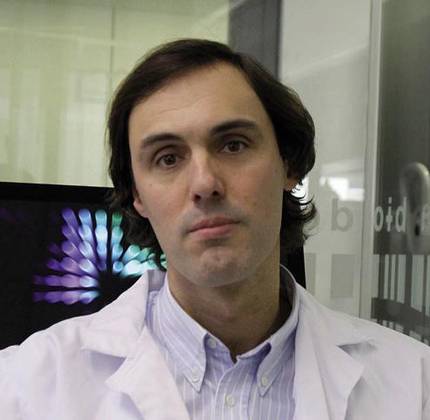
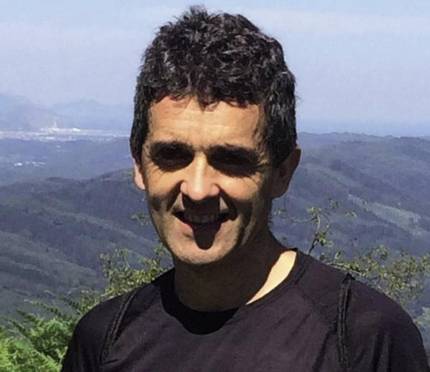
Matheu highlights another breakthrough: “Certain causes or marks of aging have been identified.” There are ten biological processes, including telomere reduction, stem cell depletion, intercellular communication problems, and cellular senescence. “We know that these processes occur simultaneously with aging and that in most cases they are not consequence, but cause. The analysis of these processes allows us to identify the state of a cell and better understand how cells age. This causes the aging of the tissues and, finally, the whole organism.”
The interactions between these ten processes can be many and are very complex to investigate. But Matheu is clear: “We should focus our research on the future to look for possible pharmacological treatments or therapies to delay aging.”
When cells do not die
One of these processes is cellular senescence. Some cells, when they reach the end of their life cycle, or when they are damaged by various causes, instead of dying, remain in a state of senescence. And as the person ages, the cells that are in this situation are more abundant. Although until a few years ago it was not very clear what these cells were doing, now we know they play an important role in aging.
Among other things, proteins and compounds that cause inflammation flow. As you age, as senescent cells build up, this inflammation can become chronic. Most of the diseases related to aging are closely related to inflammation. Therefore, a strategy to delay aging could be to attack these cells in a state of senescence.
One option is to break the toxic flow of senescent cells. This can be achieved with rapamycin, the medicine used to prevent rejection in organ transplants. In addition, it has been observed that rapamycin increases the life of mice by 10%. The problem is that rapamycin weakens the immune system (hence its use in transplants) and therefore increases the risk of getting sick. This way safer alternatives are being sought. Recently, researchers at the Novartis Institute (Massachusetts, USA) have discovered a compound similar to rapamycin that does not weaken the immune system, but strengthens it.
On the other hand, researchers from the Mayo Clinic (Minnesota, USA) published in August two anti-cancer drugs that destroyed senescent cells. And in experiments with mice they saw that they considerably delay aging. Now it is being tested on monkeys.
Importance of balance
However, it is not so clear whether attacking senescence is a good strategy, as these cells may have other functions. “Senescence is beneficial, it is one of the most important defense mechanisms against cancer,” explains Matheu. And he says more: “We have shown that if senescence is activated in a controlled manner, it is also beneficial for aging.”
“Something similar happens with other processes, like telomeres,” Matheu continues. Telomeres are structures at the ends of chromosomes that protect chromosomes from degradation. Telomere reduction is intimately related to aging, so you might think that a strategy could be to avoid it. For example, the activity of the enzyme telomerase that maintains telomeres may be increased. However, “excess telomerosis activity has been seen to be linked to cancer,” says Matheu. “Therefore, we must always seek balance.”
Another strategy that has recently raised dust is that of young blood. It is a long-standing issue, and despite having had a lot of myth, animal experiments show that by introducing young people's blood to older animals it rejuvenates in some way.
In 2013 a group of researchers at Harvard University found that GDF11 protein in blood can have a lot to do with this effect. On the one hand, they observed that as they got older, the number of GDF11 proteins in blood decreases; and on the other, that the incorporation of this protein into the heart muscles of the old mice produces a muscular rejuvenation (increased pumping capacity). In addition, two other papers published last year showed that GDF11 causes the appearance of new blood vessels and neurons in the brain, which induce stem cells to restore the affected skeletal muscle. “There is evidence that young blood is beneficial,” says Matheu, “and most importantly, factors such as GDF11 are very attractive as delayed aging.”
Searching for anti-aging pill

“There are some medications or substances, such as metformin, rapamycin, and resveratrol, that delay aging, as seen in animal models,” Matheu explains. “Now the next step is to move on to human beings.” In fact, they have begun to take this step, as a clinical session on the incidence of juvenile blood plasma in Alzheimer's patients with 18 people affected by Alzheimer's is being held at Standford.
And the U.S. Food and Drugs Administration has given green light to another clinical trial to investigate whether a drug used to treat diabetes, metformin, serves to delay aging. Metformin has been used in the treatment of diabetes for over 60 years. Data from diabetics treated with this medication suggest that it may delay heart disease, cancer, cognitive degeneration, and death itself. Therefore, a team of doctors and researchers want to launch this clinical session with 3,000 people aged 70-80.
Taking these initiatives into account, Matheu highlights at what stage we are still at: “We are planning the first clinical sessions to treat aging. With cancer or parkinson’s we have been in it for years.” In any case, the search for strategies to delay aging is becoming a priority. “In fact, if it were able to treat and delay aging, it would reduce the rest of the diseases. Aging is the one that increases the risk of disease the most.”
Treatment of aging against achaques
Instead of treating each disease separately, the new trend is to treat aging itself. Jon Irazusta, of the UPV-EHU, believes that “this approach is very appropriate, since many times older people are pluripathological. So, instead of going from a specialist, one to the oncologist, another to the cardiologist, another to the neurologist, and giving each one his vision and treatment, it would be very good to treat aging from an integral perspective. It is mandatory.” In addition, pluripathology involves polymerization. “The elderly receive a lot of drugs that in theory will increase their survival, but some can reduce their quality of life,” adds Irazusta.
The treatment of aging aims to improve the quality of life of the elderly. Aging without hangover. And not so much, lengthen life. “Average survival may increase,” says Irazusta, “but it’s not so clear if the maximum increases.” Matheu highlighted the idea with some data: “Very few people reach more than 110 years, cases that have been known for 100-150 years. The average survival is around 60 years ago and is around 80. Therefore, the average has been delayed 20 years, but the maximum does not move”.
According to Matheu, experts also do not believe that the average will be delayed much more: “A delay of 2-3 years is expected over the next 100 years. Research suggests that we will not get much more.” That is why they are clear about the goal of investigating aging. “The problem is that the lengthening of average survival has brought with it many pathologies, chronic conditions, addictions…”, explains Matheu. “That’s why the goal should be to reduce aging with pathology and live very well to the end.”
However, both Irazusta and Matheu recognize that aging can also be a disease. “It should not be considered a disease,” says Matheu, “because it is not a pathology but a physiological process that occurs spontaneously. But the absence of disease does not mean that it cannot be investigated or modular. In addition, we talk a lot about pharmacological treatments, but there are different strategies that can be beneficial.”
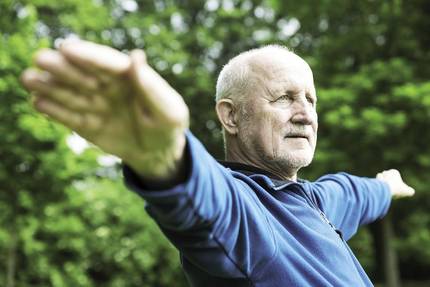
One of them is physical exercise. For example, “it is clear that a good treatment for sarcopenia and vulnerability is physical exercise,” says Irazusta. “Now we have to define the most appropriate protocol for it to be applied to the old and sustainable. That is, one thing is to apply the protocol when you’re there and the other is how they work on their own.”
UPV and BioDonostia
In fact, Irazusta's UPV research team is working on it: “Right now we are testing with the Matia and Biodonostia Institute to see which protocols are best suited to combat weakness and sarcocopy with physical exercise.” In addition, “we are developing a project in collaboration with Tecnalia and IK4 to learn how to assess vulnerability and sarcopenia. That is, what devices can be used, what tests and what tests.”
BioDonostia-San Sebastian is also engaged in ageing research. “Two years ago we decided to specifically investigate aging,” explains Matheu. “In fact, each researcher researched his disease, the neurologist Parkinson or Alzheimer’s, the oncologist cancer, the pathologists diabetes and decided that, as aging affected everyone, it was worth creating this line of research.”
Now, for example, people over 100 are being investigated for the keys to their success. On the other hand, diseases that cause premature aging, especially AIDS and myotonic dystrophy. And the biological keys to aging, namely senescence and stem cell depletion.
In the latter area, Marcos Arauzo de BioDonostia has recently published a work in the journal Science, along with other international researchers. This is the aging of neuronal stem cells. Stem cells are asymmetrically divided to provide another stem cell and another cell that becomes neuron. In this division the stem cell stays with the best proteins and the other with the worst, but in this work they have shown that this is changing as it ages, and the stem cell also stays with the worst proteins. This in turn causes the aging of stem cells.
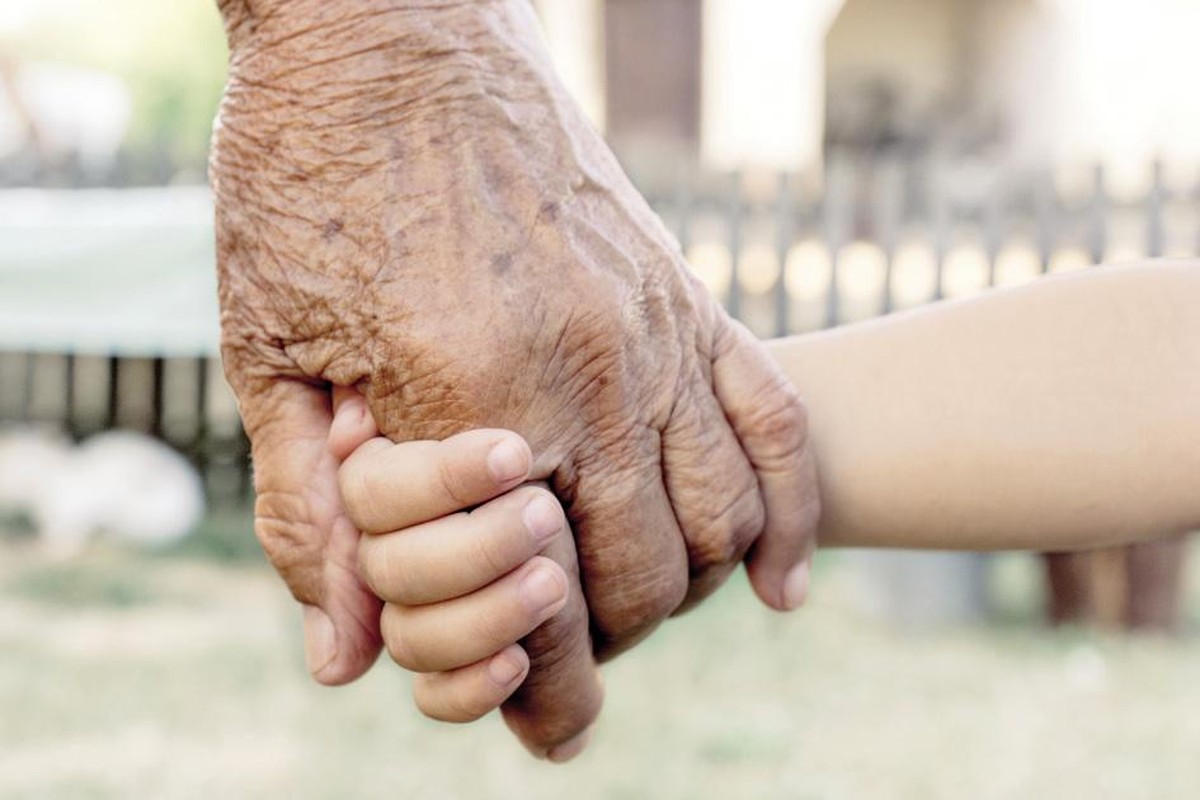
On the other hand, we are also investigating how other factors influence aging, such as diet, loneliness or mood. This aspect is of great importance to Irazusta. “What we know is that it is very important to have an active aging. It includes physical activity, but also psychological, cognitive and social. That is, the elderly are part of society.”
The importance of being part of society
In short, everything is related. “The immune system is very related to hormones and they are related to stress, what we eat, what we do, our relationships. Therefore, it is very normal that these issues affect health.”
In addition, “we often give a lot of importance to the physical part and it is okay, but the truth is that often the physical part is not taken care of because the social part is not taken care of. That is to say, many people don’t leave home because they don’t know who to go with; they don’t go to the gym because they don’t go with whom to go and because there are no suitable sports centers and activities suitable for older people.”
“It is important for older people to be part of society. That is, not being a burden, but contributing something to society. We would have to see how it is through work, voluntarism or how it is. The truth is that they do it: the work they do in caring for their grandchildren is unpayable. But this should be given one more spin to make them even more active and positive. The physical is important, but there are also social factors, and the cognitive ones do, and one does not work without the other.”



